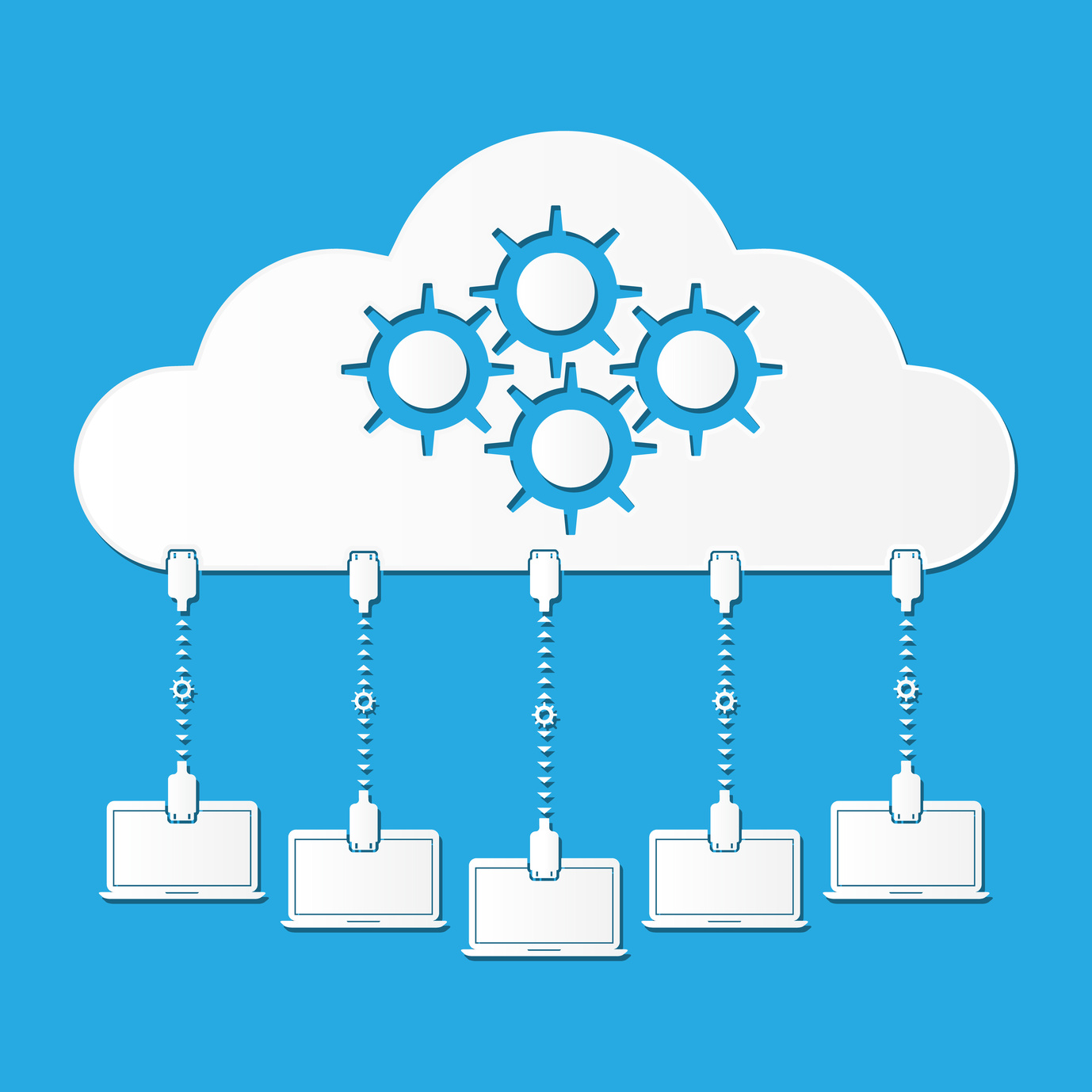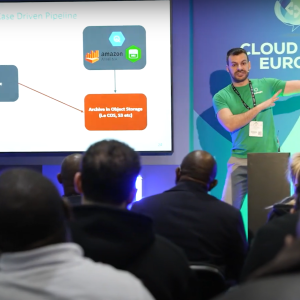
Anyone who tells you that the economics of private versus public cloud is simple probably didn’t understand the question.
Working out best value varies from application to application and changes over time. That is why most enterprises rely on a mixture of both to maintain their infrastructure.
In essence there is not that much difference. Public or private cloud are just a collection of computing, storage and networking functions. One is kept in someone else’s data centre and accessed via the internet, one is kept on your own premises.
But understanding which one is going to offer your business best value is a very difficult calculation.
Reading case studies makes this even more confusing. There are great examples on both sides of the debate – Spotify for instance shifted services from its own data centres to the public cloud. But DropBox took exactly the opposite route – moving from public cloud to building its own infrastructure and data centres.
Many businesses assume that choosing public cloud avoids the expense and hassle of building in-house computing and storage functions and maintaining and upgrading them as necessary.
Such a project would traditionally have had to include over-provisioning for busy periods – meaning capital expenditure on infrastructure which might not actually get used. While cloud platforms promised instant access to more capacity as and when it was needed – without paying for it when you didn’t.
But this divide is no longer so definite. Composable infrastructure and flexible purchasing mean that traditional data centres can now include extra capacity without it being paid for unless it is being used. Equally cloud contracts often include clauses which mean that adding extra capacity does bring extra costs. It might seem like a cloud deal offers perfect transparency but the reality is more opaque. Get your original contract wrong and it is easy to rack up extra costs running cloud services.
Judging value from different cloud providers
Comparing cloud contracts is also difficult because no two companies work on an identical pricing structure.
Putting systems onto a public cloud also promised easy transition to another provider if required, or if a better deal was found.
Again the reality can be rather less rosy. Switching providers can prove a difficult and costly exercise which means dealing with proprietary APIs and trying to get the best support from the very company which you are trying to leave.
Public cloud also promised far better reliability than in-house systems but recent serious outages at Amazon Web Services showed there is nothing inherent in cloud platforms which stops them falling over occasionally.
The reality is that cloud services are made of the same physical components and fallible software as on-premises’ data centres – neither is perfect.
For the foreseeable future a mix of cloud and on-premises technology is likely to fit the bill for most large businesses. Exploiting the fast scalability of cloud provisioning alongside the benefits of in-house hardware will provide the best and safest strategy.
Pricing internally provided services
So if it is difficult to really accurately predict the costs of public cloud is it any easier for in-house systems.
Many organisations would struggle to provide a detailed break down the costs of all the different parts of their IT infrastructure.
The difficulty is in assessing how much of your infrastructure is being fully utilised, and how efficiently your staff are being utilised. If you can hit productivity targets with the help of automated maintenance and provisioning systems it is more than possible to provide services from your own data centre at lower costs than a public cloud provider.
But miss those targets and the company will be paying dearly.
Tied to these savings is the myth that choosing a public cloud provider ends management headaches and costs. The reality, according to Frost and Sullivan’s recent Cloud User Survey, is that for every $1 a business hands to a cloud provider it spends another $3 on managing the service. Cloud platforms need different skills to running a data centre but these skills still bring an associated cost.
Frost and Sullivan spotted several specific processes where cloud platforms required special skills – deploying and scaling up applications often required third party assistance, which can be avoided by using the best in-house hyperconverged and composable platforms.
CapEx versus OpEx
Another claim often made for cloud is that it allows organisations to account for expenditure under operating expenditure instead of capital expenditure.
This, we are told, is a further boost for cloud providers and keeps the accountants happy because there is no big capital expenditure on hardware just an easily predictable monthly fee. We’ve already seen that the monthly fee might be hard to accurately estimate over the course of a year.
Choosing renting over owning is not always the cheapest choice. This is as true in technology as it is for cars or houses.
Especially because most vendors no longer expect cash on delivery – there are a wide variety of leasing models available for most hardware installations.
Future data growth
Predictions of increased data loads for business whether from big data analysis, Internet of Things sensor networks mean many businesses will not be able to rely on the public cloud exclusively – simply put the data is growing too quickly for it to practically put on the cloud.
Instead there is pressure for a more distributed, less centralised model of computing.
This will put storage and computing at the edge of the network where the data is created, not in a central data centre or distant cloud.
Are there signs that the balance is tipping to either public or private?
The hard line between public and private platforms is beginning to fade. Hardware vendors are offering ‘cloud-like’ ways to buy their kit and offering similar services of migration and scalability which cloud providers promise.
Certain technologies like automation and composable infrastructure seem to be shifting the balance back towards on-premises technology. A world of instantly deployable servers or storage functions promises to bring the benefits of cloud to your data centre.
But despite this cloud providers will always have advantages for some functions.
The future of infrastructure looks likely to stay hybrid for some time to come. Evidence for this is not just what companies are doing and planning now.
But also from what companies have done in the recent past. Most companies which started live as ‘cloud-only’ businesses have evolved to include at least some on-premises computing too. Equally most companies which initially rejected any use of cloud have now found at least some of their applications or business services which now run best on the cloud.
Getting this hybrid mix is difficult but get the strategy right and your business can enjoy the cost and performance benefits of private and public infrastructure while minimising the down sides.






